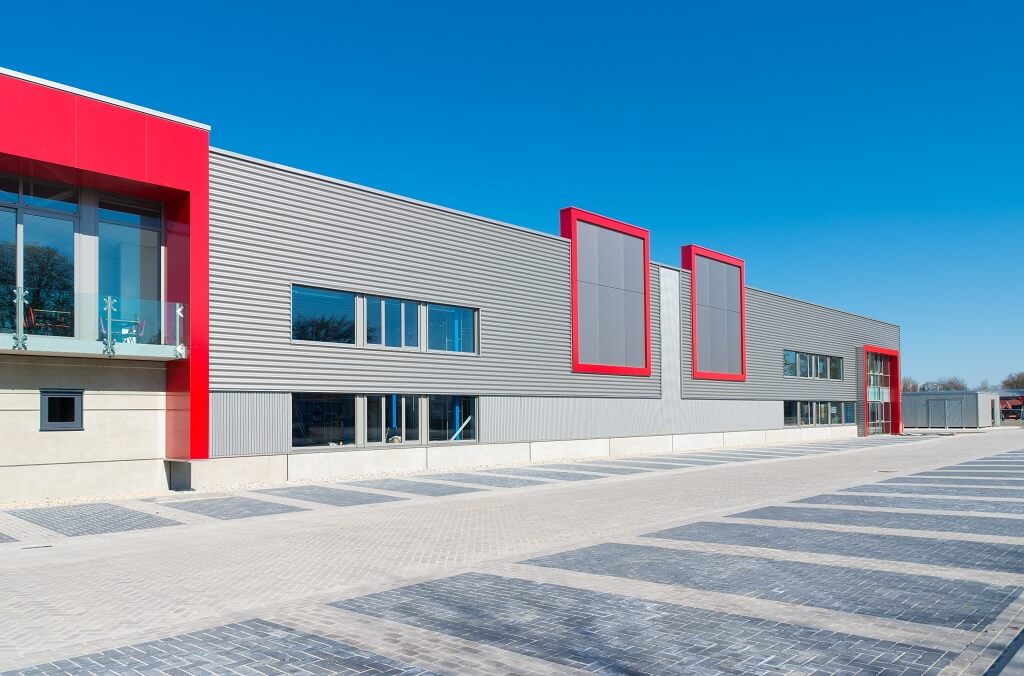The industrial property sector’s lengthy run of historically strong demand and rent gains might actually work against it a bit going into 2019.
With vacancy now at a historic low of 4.7 percent and construction still not keeping up with demand, the options for tenants to expand are limited. That will probably push up rents further.
It could be a problem in 2019, according to Eric Rehn, a vice president with the brokerage division of Kennedy Wilson in Concord, California.
“An industrial housing crisis is affecting the U.S. commercial real estate markets and will have a major impact on the ability for our economy to grow,” Rehn said in a report he drafted for Kennedy Wilson.
Most concerning is the lack of entry-level, light industrial incubator buildings in the 1,500-square-foot to 3,000-square-foot unit size range. Most vacant industrial space is found in large blocks of high-cube warehouses made in the past few years to support demand for companies like Amazon, rather than smaller, multiple tenant buildings.
The speed of the market is changing. The time frame to lease industrial buildings has dropped more than 50 percent; it now takes three and a half months to lease, compared to the seven- to eight-month historical average, according to CoStar data.
This has helped drive rents up from $8.09 per square foot on average at the start of 2016 to $9.32 per square foot at year-end 2018.
“What’s remarkable about the industrial sector is not only the strong rent growth, easily outpacing all the other property types — but also that we’ve not really seen any slowdown,” said John Affleck, vice president and senior economist at CoStar Group.
On the new supply side, CoStar is seeing much of the new supply continuing to be larger regional distribution centers. Construction, measured by square foot, is concentrated in traditional logistics hubs, including Atlanta, Chicago, Dallas and California’s Inland Empire.
More of the new supply is moving to economically distressed areas in large part because of new federal tax incentives for investing in new development or redevelopment projects in federally designated Opportunity Zones.
Just 12 percent of the 630 million square feet of industrial space completed in 2016 and 2017 occurred in those zones. That percentage grew to 15 percent this year — the first year of the program. More notably, the percentage grows to 22 percent for the new space scheduled to be delivered in 2019, according to CoStar data.
In terms of future property value appreciation, industrial real estate is set to perform well as several years of gains in market rents and occupancy rates are translating to income growth, according to Denver-based Black Creek Group.
Black Creek Group has completed 10.5 million square feet of industrial projects in the past five years and has another 11 million square feet under development — again suggesting that the growth may just be getting started for industrial real estate.
Since 2013, industrial market rents grew 5.5 percent annually on average, which has been the highest rent growth of any of the other main property sectors, office, retail and multifamily, according to Black Creek.
Total returns also have been strong and may continue to provide investors with solid performance. Core industrial real estate, high quality warehouses that are fully leased to creditworthy tenants, has delivered the highest returns of the main property sectors throughout the current economic cycle, 2009 to 2018, producing total returns of 13.6 percent on a one-year, 13.42 percent on a three-year, 13.2 on a five-year and 7.7 percent on a 10-year basis.
Teachers Insurance affiliate TH Real Estate expects light industrial to outperform other industrial property types in 2019, given the lack of light industrial supply and strong demand.
“While the traditional port-driven warehouse markets continue to grow at a consistent pace, online commerce is accelerating demand for state-of-the-art facilities that can facilitate same-day and one-hour deliveries in major metropolitan areas across the U.S.,” said Brad Simpkins, portfolio manager of TH Real Estate’s US Strategic Industrial Fund. “A supply shortfall in these facilities coupled with healthy economic growth has generated significant pent-up demand for these industrial properties.
Mark Heschmeyer, Costar.


